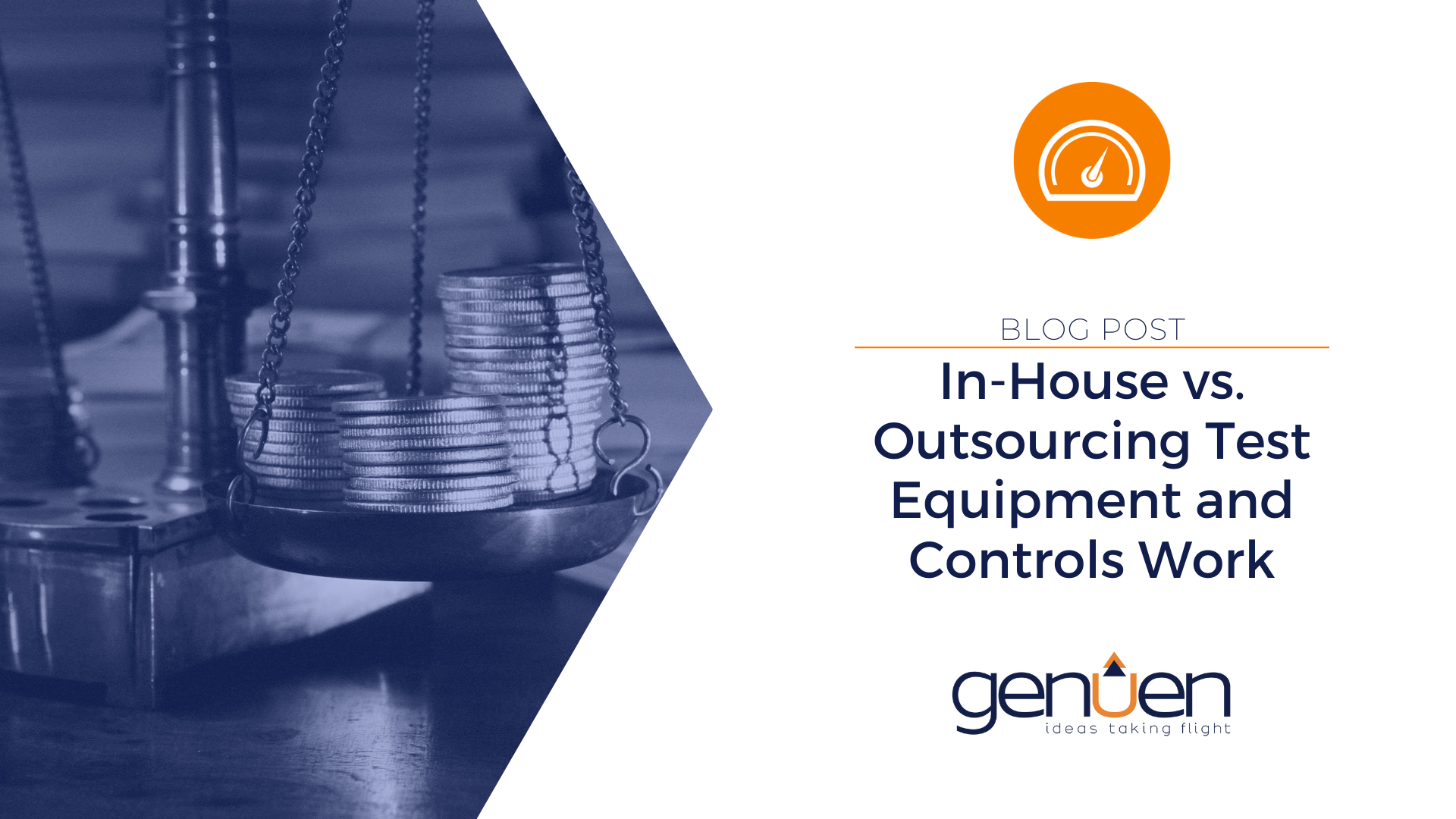Over my years as a test facilities manager, I’ve seen multiple companies debate the topic of building an in-house program or machine versus choosing to outsource this work. This is never an easy decision, as there are many factors to consider in this process.
Years ago I worked at a company that created a portable wheeled control system for running endurance tests on products with small automotive DC motors. This system could run automated sequenced tests on power seats, recliners, windows, and sunroofs using a simple PLC controller, a clean DC power supply, and high current components such as mercury whetted contactors and current shunts. Technicians used a simple GUI to tell the system how long to run and stall each motor, and to set alarms for fault determination. The whole thing was smaller than a dishwasher, and we had many happy customers who purchased and leased these workhorses from us.
On one occasion with a prospective customer, the lab manager felt the price was too high based on the fact that he could build one “for one-third the cost” of our selling price. When pressed, he stated the cost of the components we used was his reference point. Indeed, one-third of the unit cost was for parts and two-thirds of the unit cost was for labor, assembly, documentation and support.
During the conversation, I pointed out that his staff must work for free, and surely they couldn’t just whip up the same program in a matter of days that took us months to perfect. After a bit of nervous laughter, he said his employees were considered fixed assets—overhead, if you will. And yes, it would indeed take them some time to perfect whatever they would come up with for a program to run the unit. He also stated that they would have to work on it piecemeal as time allowed.
As you can imagine, the visit resulted in a no sale. And while it’s possible that particular lab was able to duplicate our efforts, the actual cost including the employees’ time is unknown.
This story is not unusual, and in my experience, I have found that the price quoted to a lab manager for a new “best-in-class solution” by an external provider is presented to his management with a coloration of the statement, “we can do it in-house for a lot less.” Below are some of the issues that may surface when building an in-house solution:
-
Lack of dedicated engineering resources and time to the project can result in spotty troubleshooting or no maintenance support when post-deployment changes are needed
-
Lack of expertise and experience in building a specific type of system can lead to inconsistent internal specifications and standards, sub-par documentation of software and wiring, and non-optimized component choices
-
Actual costs are not accurately calculated to account for in-house employee time, as well as time taken away from billable clients
This example points out some of the key factors that often arise within any test environment and should be carefully considered when choosing the in-house route:
-
Each organization has a fixed staff capable of a fixed amount of hours of work
-
Each organization has a knowledge base primarily limited to what they have been exposed to in the past
-
Internal efforts often reach delays and roadblocks due to other more demanding tasks or timetables
-
Management is often unwilling or unable to add staff for short-term or one-time projects
If a lab or department is unable to properly address all of these issues, the other option is to outsource the project to an integrator or test equipment supplier. Selecting the correct integrator or supplier is best done by paying attention to the “three P’s”:
Past Experience
-
Has the vendor done a project similar to your needs?
-
Can the vendor provide examples and references with enough details to prove it?
Performance
-
Did the vendor provide enough details in the quote so the task is fully identified?
-
Does the vendor present a presence that suggests they have been around and will be around to support your needs now and in the long term?
-
What does the staff consist of? How professional do they present the company?
Price
-
Does the quoted price reflect an accurate cost to deliver a “best-in-class” solution?
-
Does the quoted price offer value added over any vendor who may cut corners to offer a lower price or who may have hidden additional costs in the future?
-
Do you really know how the quoted cost compares to doing the project in-house?
While price is certainly the main draw of outsourcing, the other two bullet points are equally important. On your next test equipment or controls project, make sure to choose a vendor with the right past experience and performance, along with price, to bring you success.
Want to learn more about Genuen's custom turnkey test and control systems? Click the link below.




